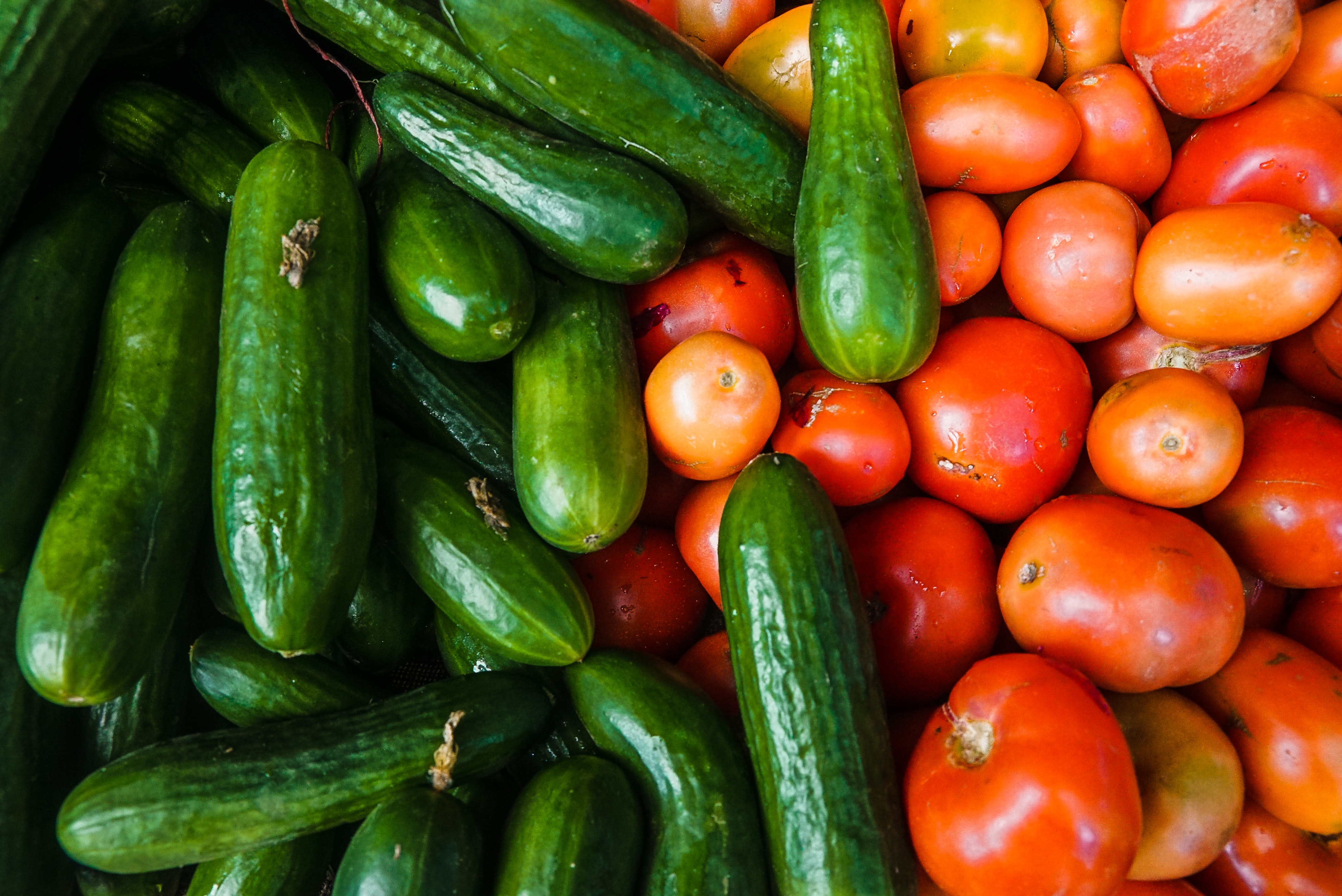With increasing legislation requirements from authorities and transparency expectations from consumers, improving traceability is a key focus for the food industry.
Serialisation helps you track an individual product’s journey through each step of your supply chain, enabling you to proactively use real data to resolve issues related to:
- Product sustainability
- Production efficiency
- Regulatory compliance
- And more
Let’s take a closer look at the benefits that serialisation can deliver…
- Protects consumer health
- Helps you align with consumer ethics…
- …and keeps them engaged
- Reduces food waste
- Opens up additional revenue streams
1. Protects consumers health
 In the food industry, serialisation helps keep consumers safe by allowing you to take entire batches out of circulation, if necessary. Serialised codes could look like 001, 002, 003 and so on. This means if an issue occurs, you can link that number to a range of boxes and contain accordingly. So boxes 001 to 003 could be quarantined before they reach consumers.
In the food industry, serialisation helps keep consumers safe by allowing you to take entire batches out of circulation, if necessary. Serialised codes could look like 001, 002, 003 and so on. This means if an issue occurs, you can link that number to a range of boxes and contain accordingly. So boxes 001 to 003 could be quarantined before they reach consumers.
It also helps you minimise the amount of product you manage and subsequently dispose of. For example, if you manage by pallet, you may only have a few boxes impacted by an issue.
But if you can’t isolate those boxes, the whole pallet may need to be checked or disposed of rather than specific boxes. With serialisation, you can perform targeted recalls for the affected products and avoid creating unnecessary waste.
2. Helps you align with consumer ethics…

Consumers are increasingly looking beyond just food safety information when choosing what food to buy – they also want it to align with their individual values and beliefs. This was highlighted in a recent report from Paymentsense, which found that two thirds (66%) of UK consumers now believe ethical considerations matter when choosing where to eat.
Advanced technology like blockchain can enhance your internal track and trace data and help you provide consumers with information on:
- Ethical sourcing
- Product source
- Food standards compliance
- Granular data such as the sweetness of a certain pack of oranges
This not only satisfies buyer’s curiosity, but also enhances their engagement experience as you can provide them with all the information they need to make an informed buying decision.
3. …and keeps them engaged

Serialisation also provides a way to leverage all the benefits of technology while still engaging with your customers. For example, QR codes on your products helps you share valuable information which can influence consumer buying behaviour such as:
- Transport miles – has the product travelled from another company or is it local?
- Animal welfare – is the product certified to the highest standards?
- Climate change – what’s the environmental impact of the product’s journey?
QR codes can also be used to provide key allergen information which is now a legal requirement following the introduction of the UK Food Information Amendment (also known as Natasha’s Law).
This means food businesses must:
- Provide allergen information to the consumer for both prepacked and non-prepacked food and drink
- Handle and manage food allergens effectively in food preparation
Our recent blog summarised everything you need to know about Natasha’s Law which you can read here.
4. Reduces food waste

Food waste continues to be a problem for the industry and society as a whole, with food waste being responsible for an estimated 3.3 billion tons of CO2 every year.
Businesses are making concerted efforts to tackle this issue (at the time of writing, over 230 companies have committed to the UK food waste reduction roadmap). But the above statistic highlights the need for greater traceability throughout the industry’s supply chains.
With close tracking and management of co-product, by-products and other potential waste, food manufacturers can tap into the upcycled food waste market, which is currently worth $47 billion (and climbing).
Big brands have already entered the space, with Kellogg’s and Seven Bro7hers Brewery teaming up to create a beer made with cornflakes that didn’t make it through quality control. This will allow food manufacturers and processors to consistently convert food waste from a loss to a profit.
5. Opens up additional revenue streams

Cutting down on food waste also unlocks opportunities for you to identify and open new revenue streams. By implementing technology to track and manage valuable co- and by-products of food production, you can plan, schedule and record the consumption and output of these processes.
This granular management allows you to define diverging Bill of Materials where one item goes into a product and additional items result in co- or by-products. Being able to track, monitor, reuse and sell co- and by-products of the manufacturing process helps you avoid significant unnecessary waste in the process.
With greater traceability and management, you can actively work to reduce food waste and demonstrate this to today’s more environmentally-conscious consumers.
Time to get serious about serialisation
Box serialisation helps you reduce cost, streamline processes, improve efficiency and gain transparency into your supply chain. And as recent global events have taught us, having an agile and resilient supply chain is key to preparing for unpredictable conditions.
In our checklist, we cover some key steps you should take to optimise your supply chain.
Download it below.

